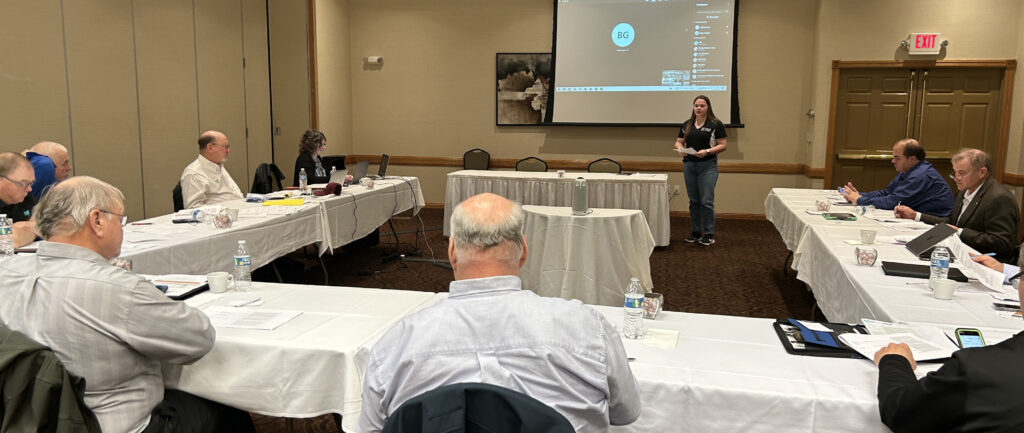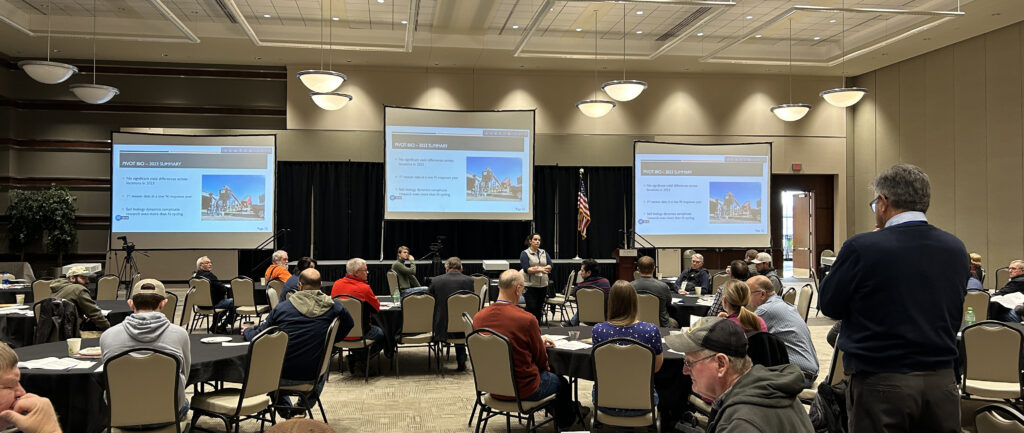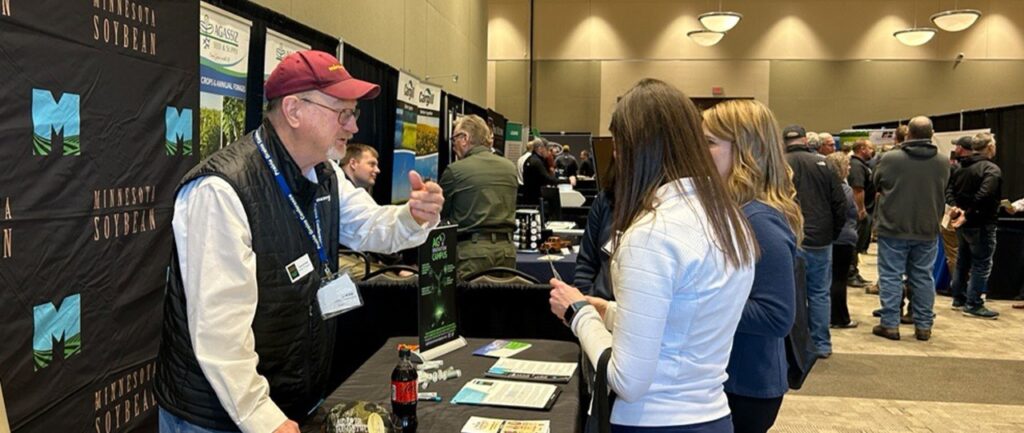I recently had a conversation with Mike Youngerberg, Minnesota Soybean’s senior director of product development & commercialization, about a young farmer who has been scouting his fields for aphids. Threshold levels have not been reached but his neighbors on three sides have all sprayed for aphids. He was concerned, and questioned if should he also spray.
After looking at the calendar, I asked him, “What growth stage are your beans?”
His response was direct. “Growth stage? Why should I worry about growth stage?”
It’s August. Pods should be developing and seed is filling. The current recommended threshold of 250 aphids per plant on 80 percent of the aphid population only applies up to growth stage 5.5. A more mature soybean field is likely not to be economically affected by aphids. This brings up a common problem faced by growers this time of year: location of scouting.
The soybean plant has a wonderful ability to produce both vegetative and reproductive growth, simultaneously, throughout much of its life. As you monitor the growth stages, the focus is in the upper 4 nodes from R4 through R6. However, one must remember the bulk of your yield is in the lower nodes. Sacrificing beans in the bottom nodes to make pods in the upper nodes is a money-losing proposition.
In this link, written by Iowa State Extension, notice the development and timing of vegetative growth, flowering, pod development and seed filling.
Growth Stage Condition
R4 at least one ¾ inch long pod found in upper four nodes
R5 at least one 1/8 long seed found in a pod in upper four nodes
R6 at least one filled pod found in upper four nodes
R7 One mature pod found anywhere on plant
Time spent at each growth stage varies with environmental condition. To be effective at aphid scouting, growth stage must be evaluated while monitoring/counting aphids. The decision process is confounded with the scouting focused at the top of the crop, while yield is immensely affected by the size of the beans at the bottom of the plant. The decision is also confounded by the movement of aphids within the plant. As the plant growth rate decreases, and the vegetation in the upper four nodes becomes less desirable, the aphids tend to move down the plant and attack the filled pods in the bottom of the plant.
Current University of Minnesota Extension recommendations are to scout weekly through growth stage R5, use the economic threshold of an average of 250 aphids/plant and more than 80 percent of plants having aphids and aphid populations increasing. While an economic threshold has not been developed for R6, infestations in early R6 may require treatment if aphid populations are very large and plants are experiencing other stresses. Aphid insecticide applications are not recommended at, or after, growth stage R7.
What does all this mean? Well, in my book, it means concentrate on making beans. This means knowing where your crop is, physiologically. Once you do that, open the calendar, polish off the crystal ball and ask yourself, “Is there enough time between now and harvest to make more beans?” It is the middle of August; will an insecticide application save enough beans to pay for the effort? Most of the bean fields I have examined during the last week would require the insecticide to be flown on, making this an even more expensive proposition. At $9.25/bushel (CBOT), you won’t have a lot of margin. Choose wisely.
At the end of the day, you gotta know your nodes!
David Kee is the director of research at Minnesota Soybean and can be reached at 507-388-1635 or david@mnsoybean.com.







